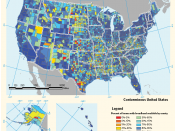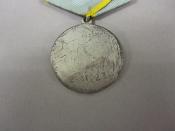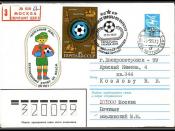The Satellites History of development has of course political beginning, as a new coming technology with great possibilities, satellites technology had to find interest in political leaders minds at first and than to appear in hands of military sources. Here keeping and showing power played the leading role in pushing the progress and outer space turned to be a new battlefield.
Not so long ago, satellites were exotic, top-secret devices. They were used primarily in a military capacity, for activities such as navigation and espionage. Now they are an essential part of our daily lives. We see and recognize their use in weather reports, television transmission by DIRECTV and the DISH Network, and everyday telephone calls.
From over eight thousand atificial objects orbiting Earth near 2,500 are satellites, operative and inoperative. Satellites come in many shapes and sizes and have many uses. Communications satellites are used to send TV signals to homes all ower the world.
Today, there are more than 500 communications satellites orbiting Earth. Satellites are used also as relay systems to send signals anywhere on Earth. On the picture are seen overlapping footprints of four different satellites. If you wanted to send a signal from Africa to Southeast Asia, you could bounce, or relay, the signal using more than one satellite.
A brief look at the international space community, technology trends and opportunities shows the great prospective of this technology, policy and economic trends connected with it and impressive commercially viable space applications of the future.
Beginning
First two Sputniks became reality in Soviet Union on October 4 and November 3, 1957. It was a result of government reconnaissance program in defense, science and outer space so the leading position was held by Soviets. They made two overflights of the U.S which found a great resonance in...



Satellites
You have written a detailed report on the satellite (please note the spelling as the word appears in your title, which is an especially important part of the essay to get right) industry and international trade, of which I had wished to read more. Assuming some of the facts and details didn't come out of your head, a bibliography would be advisable to round out internal citing.
5 out of 5 people found this comment useful.